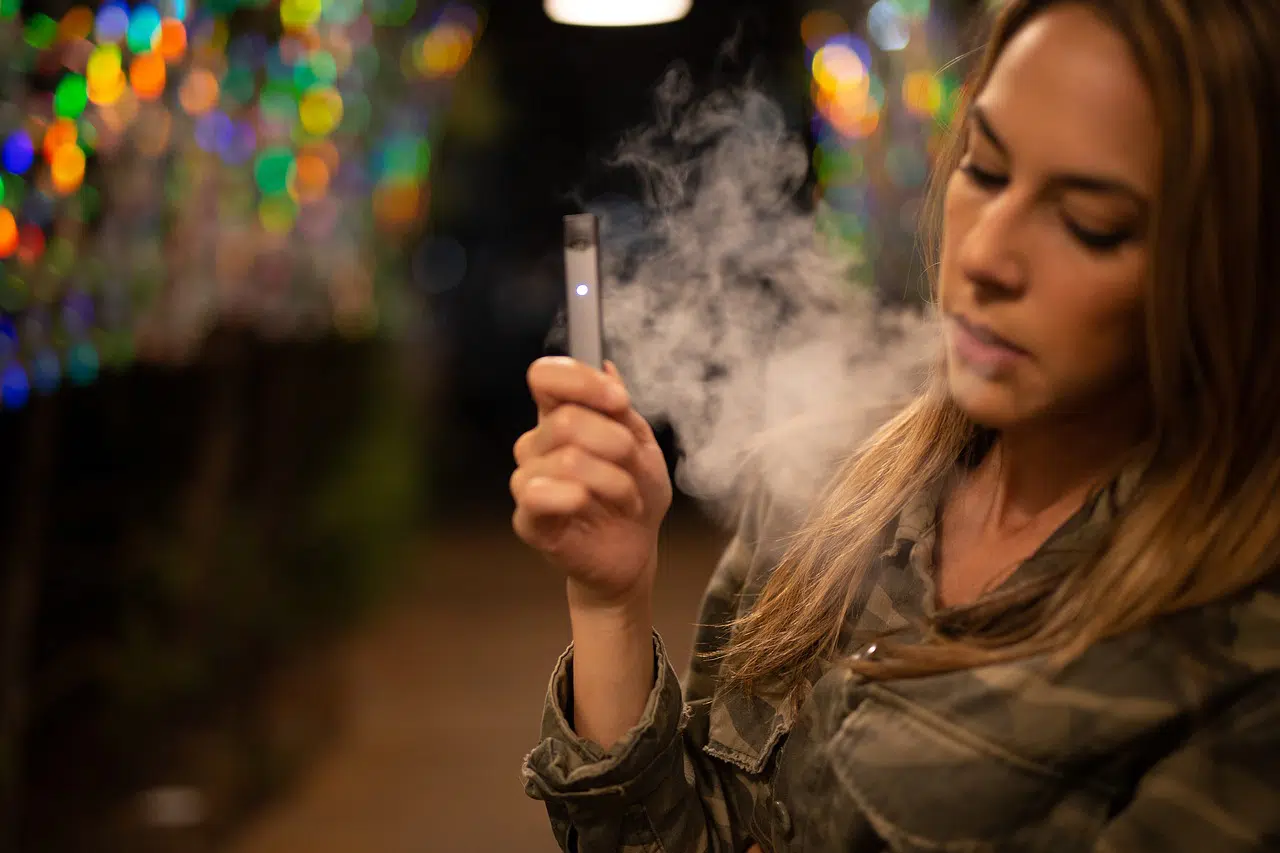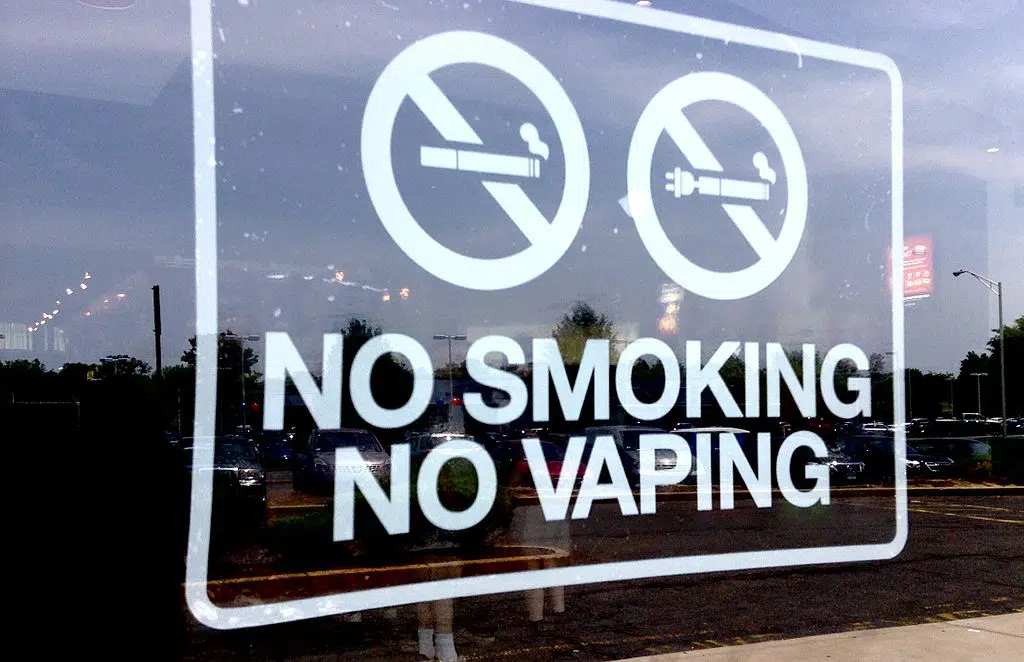Vaping Lawsuits on the Rise: The Cases, and How We Got Here

As the CDC, FDA, and state health departments scramble to pinpoint the exact cause of the respiratory conditions associated with vaping, one thing is certain—people are upset about possible negligence and unscrupulous marketing tactics of the manufacturers. Whenever consumer products harm people, lawsuits are sure to follow as victims seek compensation for their injuries.
Although there haven’t been many class action suits yet, individual lawsuits have been filed against the makers of vaping products. Forbes Magazine expects the number of cases to grow. A recent article dubbed the crisis Big Tobacco 2.0, comparing the situation to the claims against tobacco companies in the 1990s.
As health professionals navigate the medical aspect of vaping illnesses, attorneys are studying the legal fallout. If you or someone you know suspects injury or illness from electronic cigarettes, it’s important to understand what your options are, and to plan on discussing your situation with a lawyer.
How Vaping Became So Popular
As more people began to find fault with traditional tobacco products, electronic cigarettes gained popularity as a “smokeless” alternative. Instead of burning tobacco, e-cigarettes use a battery to heat liquid nicotine into a mist. The mist is inhaled without any fire or ash.
Although e-cigarettes emit clouds of water vapor, the scent is usually sweet or fruity. Most people find it less offensive than clouds of cigarette smoke. When public places began banning smoking, the devices offered patrons a way to “smoke” without really smoking.
One big selling point for electronic cigarettes is the absence of carbon monoxide and tar—two things at the heart of smoking-related cancers. Touted as a method to quit smoking, vaping was supposed to wean smokers off of nicotine by giving them a less dangerous alternative.
Developers declared electronic cigarettes to be a safer, cleaner, more socially acceptable product than cigarettes. As a delivery device for nicotine, the theory was that they could help gradually eliminate a smoker’s nicotine addiction.
First introduced in about 2007, e-cigarettes quickly became a multi-billion dollar industry with brands like Juul, Vuse, MarkTen, Blu, and Logic leading the pack.
Why Are There Vaping Lawsuits Now?
Ironically, the very things that made vaping so popular are now blamed for what some are calling a vaping epidemic in America. In addition to a host of medical issues attributed to e-cigarettes, users report stronger, rather than weakening, nicotine addictions. Most troubling is the product’s use by young people.
Consumers are starting to sue e-cigarette companies. There are two types of cases that could potentially appear. Personal injury suits seek compensation for the injuries and damages resulting from use of the products. Product liability cases aim to prove that the companies knew their products were dangerous and failed to warn the public.
In a product liability suit, a victim must prove that a product was defective or harmful, causing them injury even though they were using the product as it was intended. Personal injury cases must prove that injuries occurred due to the fault or negligence of someone else.
The difference is subtle. In terms of vaping cases, a victim in a product liability case would need to show either that the companies knew the products were harmful but failed to warn consumers or that the chemicals inside e-cigarettes are found to be defective, there could be grounds for a product liability case. The victim in a personal injury case would need to show that the product was designed in a way that was negligent or reckless and caused harm as a result.
Some recent lawsuits involving electronic cigarettes:
- A St. Charles (MO) School District just filed an interesting case against e-cigarette maker Juul, stating that the vaping epidemic in their schools “frustrates (the district’s) ability to achieve its educational goals,” and claiming that the company specifically targeted children with its marketing. (Interested side note, Juul cofounder James Monsees is from the St. Louis area.)
- A case in Northern California alleges that an electronic cigarette company used false advertising and predatory marketing techniques to buy products they knew were highly addictive, thus preventing consumers from being able to stop buying the products.
- A New York lawsuit brought on behalf of a minor claims that an e-cigarette producer failed to include warnings that nicotine was an ingredient in the product. It also cites marketing aimed at minors with “candy-like” flavors and “fun” accessories, as well as advertising on a popular magazine website that bills itself as “#1 youth media in the world.”
- A widow filed suit after an electronic cigarette exploded. Part of the device lodged in her husband’s brain, killing him. The explosion also started a house fire. She is seeking damages for wrongful death, negligence, and failure to create a safe product.
Many of these cases are being consolidated now, with the federal case being brought in San Francisco. For example, this happened with a recent case of an Arkansas teen and his mother where they claimed that e-cigarette makers marketed to teens and lied about the health hazards of vaping. Lawyers for the company requested that different pieces of active litigation be consolidated, and the cases have now been sent to the Northern District of California.
Nicotine Addiction
Vaping was advertised as a way for smokers to quit smoking. While that may be true for some users, in most cases it has simply exchanged one nicotine delivery system for another. According to the Center on Addiction, vaping devices are often used in addition to cigarettes instead of as a replacement for them.
It is well known that nicotine is highly addictive. The amount of the chemical varies widely from one vaping product to another. Some electronic cigarettes provide a higher dose than a traditional cigarette—in some cases as much as an entire pack! So while the lack of tar and carbon monoxide seems like a good thing, they do nothing to fight nicotine addiction.
Even more troubling, electronic cigarettes are creating nicotine addictions in individuals who have never used tobacco products. Marketing campaigns that promote vaping as “cool” are blamed in lawsuits. The charge is that the companies enticed non-smokers, particularly minors, to use the products, thus introducing them to high doses of nicotine.
Vaping Related Illnesses
The root cause of recent illnesses suffered from vaping is still unclear. It is not always known exactly what chemicals are being inhaled, or what their long-term effects will be. What is clear is that people who vape sometimes end up hospitalized for a number of medical conditions:
- Respiratory symptoms: coughing, shortness of breath, chest pain
- Gastrointestinal symptoms: nausea, vomiting, diarrhea
- General symptoms: fever, fatigue, weight loss
The most serious cases have led to coma and even death. If someone has suffered from conditions related to vaping, it is best to consult an attorney about the merits of their case. Victims and their families deserve compensation for medical bills and pain and suffering if it can be proven that vaping manufacturers are at fault.
Vaping Related Burns
Before the focus placed on vaping related illnesses, injuries occurred due to the lithium-ion batteries in e-cigarettes exploding. There were numerous cases of the products bursting into flames, causing burns, disfigurement, and even killing at least one victim.
Injuries suffered from the explosion of vaping products can be costly and recovery can take a long time. Provided the product was being used as intended, a victim might have a solid case against the manufacturer of the electronic cigarette, the battery, or both.
Marketing of Vaping Products
Companies that market adult products to minors often come under scrutiny during lawsuits. Some examples from recent decades were Joe Camel, a cartoon character used to promote Camel cigarettes, and Spuds Mackenzie, the dog mascot for Bud Light. The argument was that these tactics appealed to kids and could encourage them to use the products.
The advertising approach used by electronic cigarette manufacturers is at the center of the controversy and will undoubtedly play a role in any lawsuit involving young people.
The CDC estimates that 18% of patients with vaping related illnesses are under age 18 and 21% are between the ages of 18 and 20. The attraction for younger users stems from the fact that vape cartridges come in candy and dessert flavors. In addition, many companies used high-profile social media campaigns to spread the word about their products.
Lawsuits will argue that high schoolers and even younger children began vaping due to targeted marketing and the perception that the products were safe.
Seeking Compensation Because of Vaping
We’re just learning the extent of the illnesses and injuries caused by the use of electronic cigarettes. Victims face the costs of treatment for addiction, medical conditions, and even hospitalization.
If the tobacco cases of a few decades ago are any indication, the legal system is at the start of a long, legal battle with e-cigarette manufacturers. The industry will try to make the case that they’ve done nothing wrong. Meanwhile, personal injury lawyers will fight for their clients’ right to compensation.
If you have experienced a vaping illness or injury, the personal injury attorneys at Hipskind & McAninch would be happy to discuss your case and give you a free case review— just follow the link.
Category:
Personal Injury, Product Liability
Tags:
e-cigarette, health problems, personal injury, product liability, vaping
